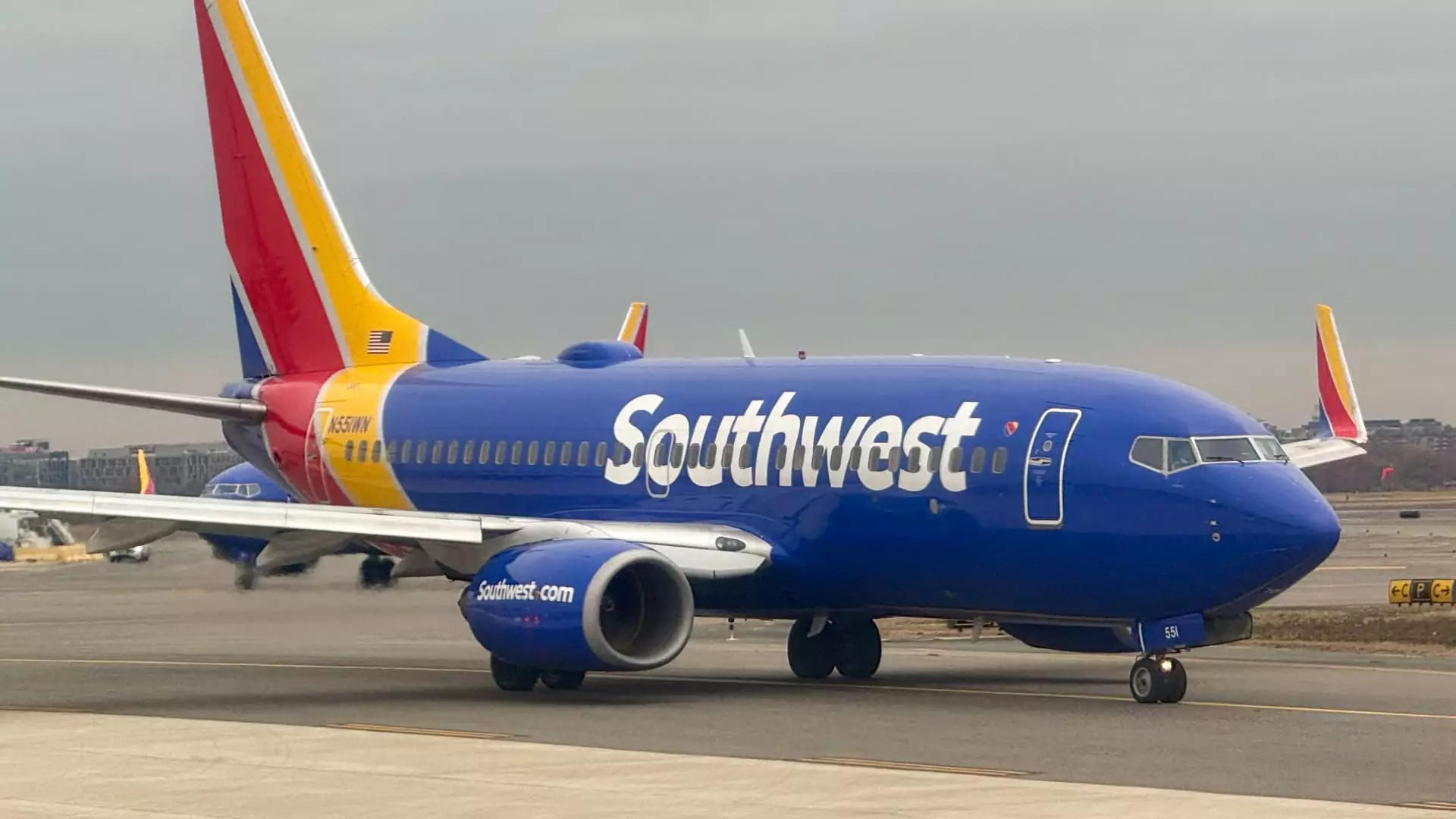In a dramatic shift for the airline industry, Southwest Airlines has unveiled plans to reduce its corporate workforce by approximately 15%, amounting to around 1,750 positions. This unprecedented decision was characterized by CEO Bob Jordan as a critical response to the company’s urgent need for cost management. The layoffs represent a significant departure from the airline’s longstanding commitment to preserve its workforce, and they indicate a profound shift in operational priorities aimed at securing financial stability.
The decision is poised to yield substantial savings for the airline, expected to reach $210 million within this fiscal year and grow to around $300 million by 2026. As the airline strives to adapt to an increasingly competitive market, it is clear that financial prudence is taking precedence over tradition. Jordan’s message in a recent internal memo noted the necessity of these changes, reinforcing the notion that the company must align itself with the realities of a dynamic industry landscape.
This announcement comes on the heels of a contentious relationship between Southwest Airlines and activist investor Elliott Investment Management, which succeeded in securing five board seats but did not achieve full control. The pressure from Elliott and similar entities has catalyzed discussions about leadership changes and a reevaluation of corporate strategies. By prioritizing the reduction of its workforce alongside other cost-cutting measures, including a hiring freeze and the cessation of long-standing traditions, Southwest is clearly reshaping its operational model.
The layoffs coincide with a broader effort by Southwest to modernize its operations and enhance profitability. The airline has already begun to alter its traditional open-seating policy, planning for assigned seating and a new section with increased legroom—decisions that reflect evolving customer preferences and operational efficiency. Additionally, the launch of overnight flights marks a strategic pivot designed to capture new markets, highlighting the aggressive stance the company is taking.
Jordan emphasized the importance of developing a lean and effective organizational structure to foster clarity and efficiency. This transformation aims not only at reducing costs but also at ensuring that the right resources are dedicated to high-impact areas. The emphasis on agility and responsiveness indicates a significant cultural shift within the organization, underscoring the necessity for adaptability in today’s volatile economic environment.
As the layoffs take effect toward the end of April, affected employees will still receive their salaries, benefits, and bonuses during the transition period. This approach aims to mitigate the immediate impact on employees as they prepare for significant changes. Nonetheless, the emotional toll and uncertainty surrounding job losses can create a challenging atmosphere for those remaining.
Southwest Airlines stands at a pivotal crossroads as it navigates these tumultuous changes. With a focus on cost reduction, organizational agility, and strategic realignment, the airline is attempting to remain competitive in an evolving market. While these decisions may create short-term upheaval, they also lay the groundwork for a potentially revitalized operational framework moving forward. How well Southwest executes this plan will ultimately determine its ability to thrive in a competitive landscape.


Leave a Reply